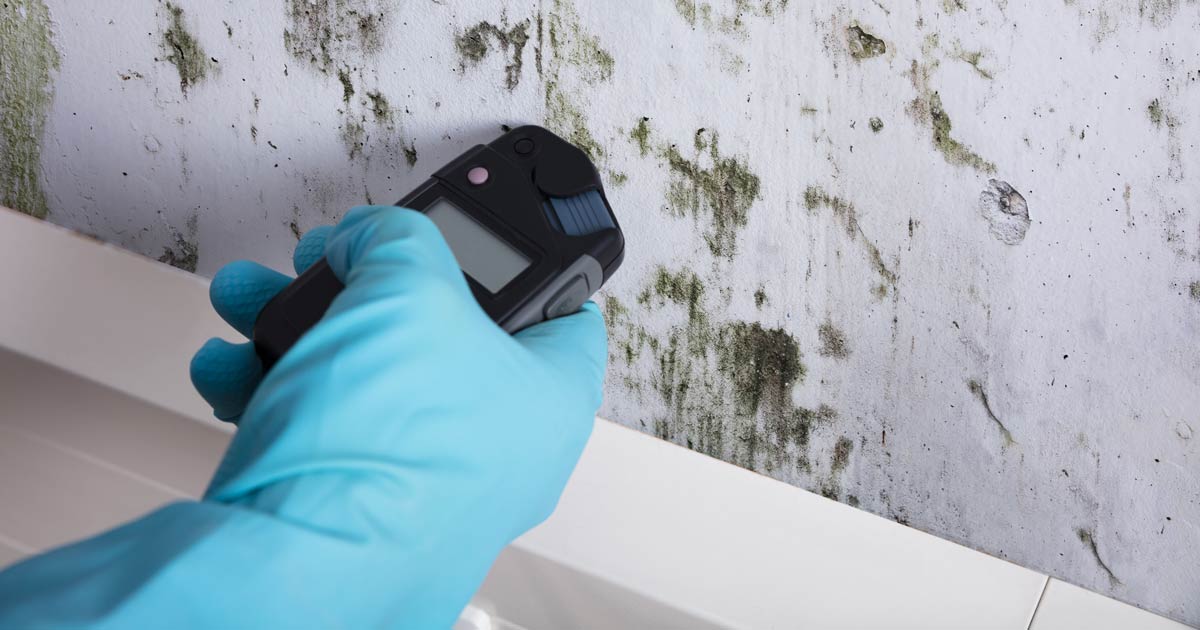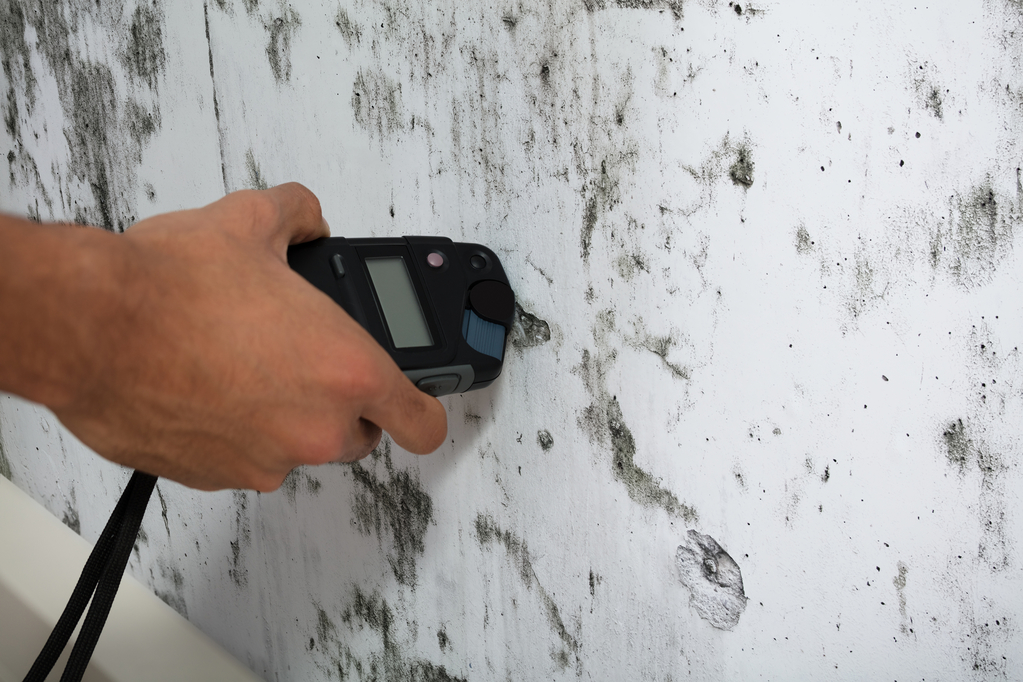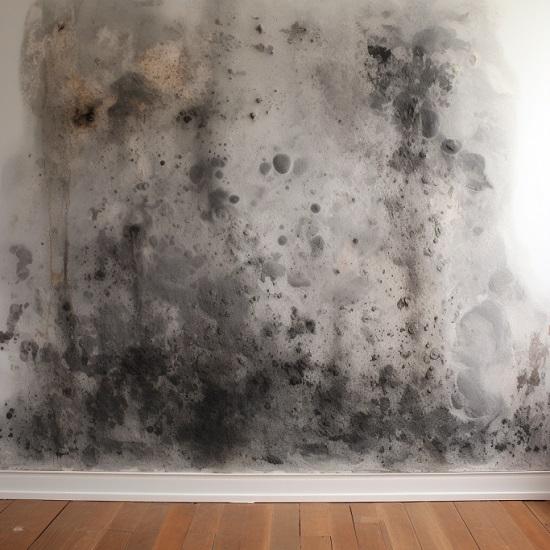Crafting a Detailed Post Mold Remediation Report
Crafting a Detailed Post Mold Remediation Report
Blog Article
Your Ultimate Overview to Article Mold And Mildew Removal Methods
Navigating the realm of post-mold removal methods is a thorough process that requires attention to information and a detailed understanding of the intricacies involved. In the results of mold and mildew infestation, recognizing how to efficiently eliminate the mold and mildew and prevent its reoccurrence is critical for maintaining a healthy and balanced indoor setting. From selecting the right cleansing and sanitizing approaches to executing strategies for lasting mold avoidance, each step in the remediation trip plays a critical function in ensuring an effective result. As we start this expedition of post-mold remediation strategies, we will reveal the essential approaches and finest practices that can help you recover your area to its pre-mold problem and protect it versus future mold dangers.
Understanding Post-Mold Remediation Process
After completing the mold and mildew remediation process, it is critical to understand the post-mold removal strategies that are essential to guarantee a extensive and efficient clean-up. As soon as the mold and mildew has been removed, the next action entails cleaning and sanitizing the impacted areas to avoid any regrowth of mold and mildew. This consists of utilizing specialized cleaning representatives to wipe down surfaces and eliminate any type of staying mold and mildew spores. It is necessary to dry out the area completely to inhibit the growth of mold in the future (what to do after mold remediation). Appropriate ventilation and dehumidification can assist in this procedure.
In addition, performing a final evaluation post-remediation is essential to ensure that all mold and mildew has been effectively gotten rid of. This examination ought to entail a complete aesthetic check as well as perhaps air tasting to confirm the absence of mold and mildew spores airborne. Added remediation may be needed if the examination reveals any remaining mold and mildew. Last but not least, enlightening passengers on safety nets such as managing wetness degrees and immediately dealing with any type of water leakages can help keep a mold-free environment.
Effective Cleaning and Disinfecting Methods

Stopping Future Mold Growth

Importance of Correct Air Flow
Proper air flow plays a crucial function in protecting against dampness buildup, a key element in mold and mildew development within interior settings. Effective air flow systems help get rid of excess humidity from the air, reducing the opportunities of mold and mildew spores locating the dampness they need to sprout and spread out. Without sufficient air flow, interior spaces can end up being a breeding ground for mold and mildew, causing potential health and wellness threats and structural damage.
By making certain correct air flow, ventilation systems can additionally assist in drying moist areas quicker after water damage or flooding occurrences, further deterring mold and mildew growth. what to do after mold remediation. Precede like restrooms, attics, cellars, and kitchen areas where moisture degrees tend to be greater, setting up and preserving reliable ventilation systems is important in stopping mold invasions

Surveillance and Upkeep Tips
Given the vital recommended you read duty that appropriate ventilation plays in avoiding mold and mildew growth, it is important to develop effective tracking and upkeep tips to make sure the ongoing capability of air flow systems. Routine assessments of ventilation systems should be performed to look for any kind of indicators of blockages, leakages, or breakdowns that could hinder correct air flow. Surveillance humidity levels within the residential or commercial property is likewise vital, as high humidity can add to mold and mildew development. Setting up a hygrometer can help track humidity degrees and sharp house owners to any kind of spikes that might need focus. In addition, making sure that air filters are routinely cleaned up or changed is essential for keeping the effectiveness of the air flow system. Carrying out a timetable for regular maintenance tasks, such as air duct cleansing and a/c system evaluations, can assist protect against problems prior to they rise. By remaining aggressive and alert to the condition of air flow systems, home owners can effectively alleviate the risk of mold and mildew regrowth and keep a healthy indoor environment.
Final Thought
Finally, post-mold removal techniques are important for making sure a secure and tidy environment. Comprehending the visit process, executing effective cleaning and sanitizing approaches, stopping future mold growth, keeping appropriate air flow, and routine monitoring are all crucial steps in the remediation procedure. By adhering to these standards, you can successfully eliminate mold and mildew and avoid its return, promoting a healthy living or working area for all occupants.
In the after-effects of mold and mildew invasion, knowing just how to effectively remove the mold and mildew and stop its reoccurrence is paramount for maintaining a healthy indoor setting. When the mold has actually been gotten rid of, the next step entails cleaning and decontaminating the influenced locations to stop any type of regrowth of mold and mildew - what to do after mold remediation. After eliminating noticeable mold and mildew development, it is important to clean up all surface areas in the afflicted area to get rid of any kind of staying mold and mildew spores. To better boost mold and mildew prevention procedures, it is necessary to attend to underlying issues that originally led to mold growth.Given the important role that proper ventilation plays in avoiding mold and mildew growth, it is essential to develop efficient surveillance and upkeep suggestions to ensure the ongoing capability of air flow systems
Report this page